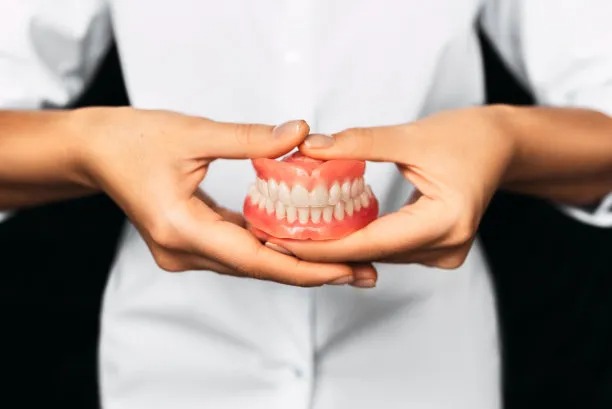Understanding the Process of Extracting a Tooth and Its Importance for Oral Health and Overall Wellbeing
Summary: Extracting a tooth is a common dental procedure that is often necessary for maintaining optimal oral health. Understanding the extraction process is crucial for patients to prepare for the experience and to manage their expectations. This article delves into the steps involved in tooth extraction, including preparation and anesthesia, post-extraction care, the potential risks involved, and the long-term implications for oral health and overall wellbeing. By comprehending these facets, patients can make informed decisions about their dental health and recognize the importance of addressing problematic teeth in a timely manner.
1. Steps in Tooth Extraction Process

The process of tooth extraction is typically straightforward, but it requires careful planning and execution. The procedure begins with a comprehensive dental examination, which may involve X-rays to assess the position of the tooth and its roots. This step is crucial as it helps the dentist determine whether the tooth can be extracted straightforwardly or if surgery might be necessary, such as in cases with impacted teeth.
Once the examination is complete, the dentist will explain the procedure and address any concerns the patient may have. Anesthesia is then administered to ensure that the patient remains comfortable and pain-free throughout the extraction. Local anesthesia is most common, allowing the patient to remain awake while numbing the specific area around the tooth.
After the anesthesia takes effect, the dentist will use specialized instruments to loosen the tooth and carefully remove it from its socket. This may involve breaking the tooth into smaller pieces if it is particularly stubborn or if it has a complicated root structure. Once the tooth is removed, the dentist will clean the extraction site and may place stitches if necessary.
2. Importance of Post-Extraction Care
Post-extraction care is vital for a successful recovery and minimizing the risk of complications. After the procedure, patients are usually advised to bite down on a gauze pad to help control any bleeding. Its essential to follow the dentists instructions regarding when to replace the gauze and how to best manage any discomfort with prescribed medications.
Maintaining proper oral hygiene during the recovery period is crucial. Although patients should avoid vigorous rinsing or spitting for the first 24 hours, gentle rinsing with saltwater can be beneficial after the initial healing period. This helps prevent infection and promotes healing of the extraction site.
Patients are also advised to be mindful of their diet after a tooth extraction. Soft foods are recommended initially, avoiding anything too hot, hard, or spicy. Staying hydrated is important as well, but patients should use a straw with caution, as the suction can dislodge the blood clot that forms in the socket.
3. Potential Risks and Complications
Like any medical procedure, tooth extraction comes with potential risks and complications. One of the most significant concerns is the development of dry socket, a painful condition where the blood clot is dislodged from the surgery site. This can delay healing and requires additional treatment to manage the pain and promote healing.
Other risks include infection, which can occur if proper post-extraction care is not followed. Symptoms of infection may include increased swelling, pain, and fever. It is crucial for patients to recognize these signs and seek prompt medical attention.
Additionally, there is a risk of damage to surrounding teeth or nerves during extraction. Although rare, these complications can lead to long-term issues. This is why thorough examination and skilled execution by an experienced dentist or oral surgeon are paramount in minimizing these risks.
4. Long-Term Effects on Oral Health
Extracting a tooth can have significant long-term implications for a patients oral health. When a tooth is removed, the surrounding bone may begin to deteriorate over time, potentially leading to shifts in dental alignment. This can impact chewing function, aesthetics, and overall oral health.
To mitigate these effects, dentists often recommend replacement options, such as dental implants or bridges, after an extraction. These replacements help maintain the structure of the jawbone and prevent teeth from drifting out of place. It is essential for patients to discuss these options with their dentist to find the best solution tailored to their needs.
In addition to physical changes in the mouth, the experience of undergoing tooth extraction can also affect a patient’s mental wellbeing. It is common for individuals to feel anxious or apprehensive about dental procedures, and addressing these feelings with the dentist can lead to better outcomes and improved overall comfort.
Summary:
In conclusion, understanding the process of tooth extraction is paramount for maintaining oral health and overall wellbeing. From the initial steps of the extraction process to the importance of post-operative care, being informed can help patients navigate the experience smoothly. Acknowledging potential risks and long-term effects ensures that individuals can make educated decisions regarding their dental health. By prioritizing oral hygiene and discussing replacement options post-extraction, patients can pave the way for a healthier smile.
This article is compiled by Vickong Dental and the content is for reference only.


